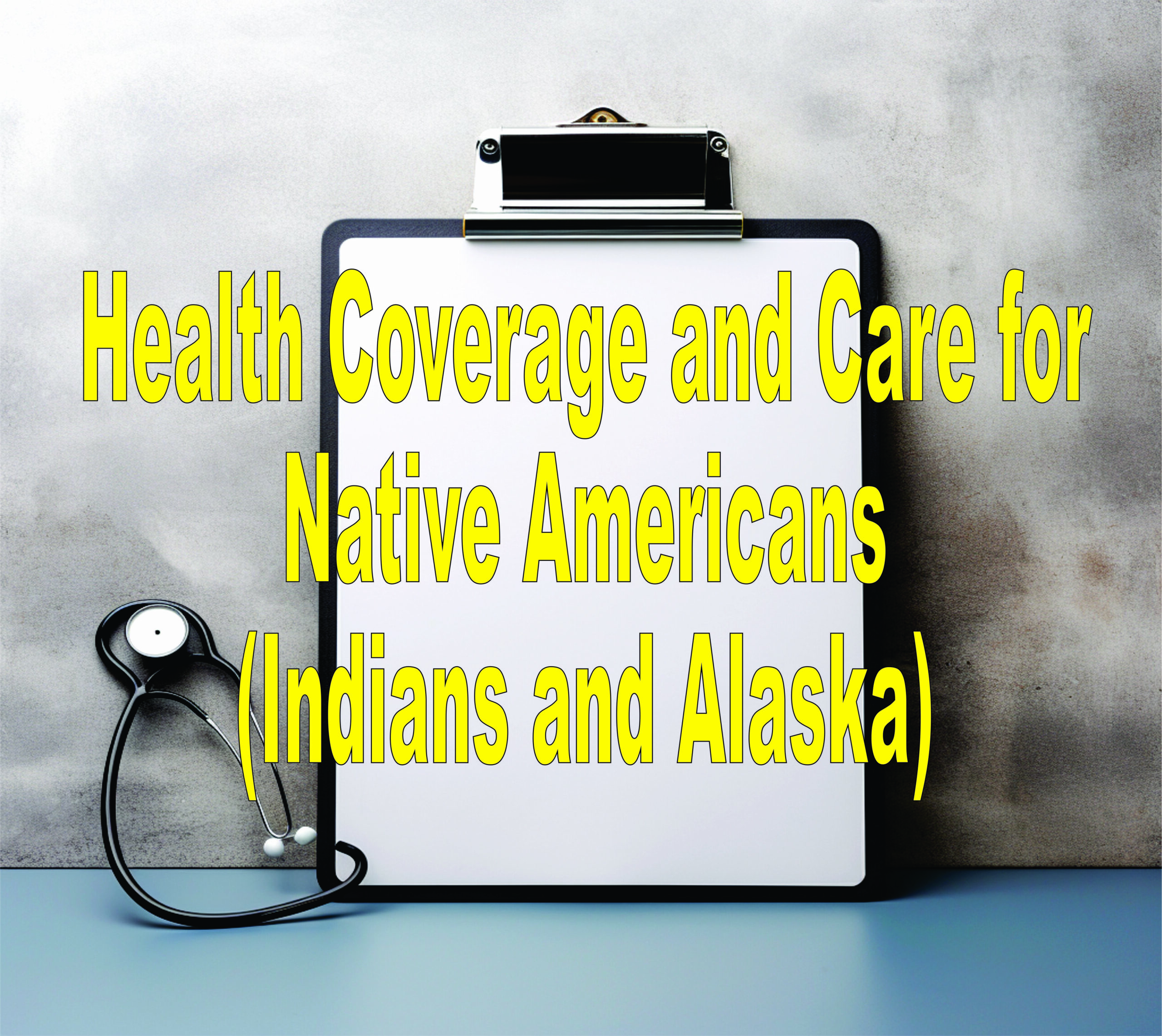Last Updated on January 17, 2024 by Lori Pace
Native Americans face disparities in health care due to their highly uninsured rate and difficulty reaching care. The Indian Health Service (IHS), which the federal government created to provide for Native Americans. However, they are underfunded, and other barriers limit these people’s access to health care. The Affordable Care Act (ACA) also offers increased health insurance for Native Americans.
IHS cannot fully meet its duties due to low funding, and natives have limited access to employer-sponsored insurance. Even if Medicaid tries to fill the gap, a significant portion of its population remains uninsured.
Indian Health Service (IHS) for Native Americans
The IHS is there to serve the Native Americans and be there as a principal federal health care provider. Their goal is to increase the groups’ health status. However, their funding has , and they could not fully meet their duties. Financing of the IHS may have increased over the years, but that does not mean its funding is equally distributed across its facilities, and it remains insufficient.
Federally Recognized Tribes
Any Indian or Alaska Native tribe, Alaska Native Claims Settlement Act Corporation (ANCSA), Corporation (regional, village), band or nation, pueblo or village, rancheria or community that the Department of the Interior recognizes as Indian tribe.
See full list by visiting this website.

Health Insurance Marketplace for Native Americans
Native Americans can apply/enroll in a Marketplace at any time to have new health coverage benefits and protections. There is also an option to change plans up to once a month.
The Health Insurance Marketplace, which benefits American Indians/Alaska Natives (AI/ANs), provides affordable coverage for health through Marketplace insurance plans, Medicaid, and the Children’s Health Insurance Program.
Health Insurance Plans
You may be eligible for tax credits to lower your premiums based upon your income, giving you a better chance of paying your premiums, There are also other conditions such as:
- You can enroll in a “zero-cost sharing” plan if your income falls between 100% and 300% of the federal poverty line. When you receive care, you won’t need to pay out-of-pocket costs, such as copayments or deductibles.
- Out-of-pocket costs aren’t charged if you receive services from an Indian Health Care Provider. This benefit is also available for Purchased or Referred Care.
- You can enroll in these Marketplace insurance plans at any time. You can switch plans as frequently as once per month.
Medicaid & CHIP benefits for Tribal members and Alaska natives
There are Tribe members and ANCSA shareholders that get special protections and benefits from Medicaid and CHIP. Having this benefit can include having to no longer pay premiums or out-of-pocket costs for Medicaid.
Native Americans that are eligible for services from the Indian Health Service, Urban Indian Health Program, or Tribal Program can qualify for Medicaid and CHIP more easily. There will also be special costs and eligibility rules for the programs you qualify for.
Indian Health Services And Marketplace Insurance
If you enroll in a private health insurance plan through the Health Insurance Marketplace®:
- Receive services from the Indian Health Service, tribal health programs, or urban Indian health programs.
- Get services from any providers on the Marketplace plan.


